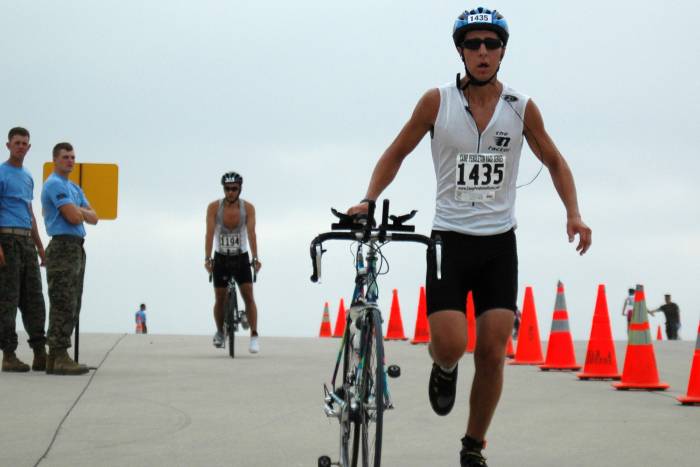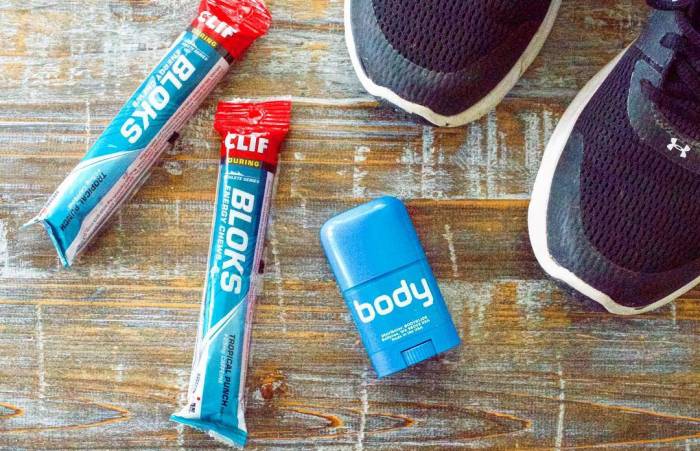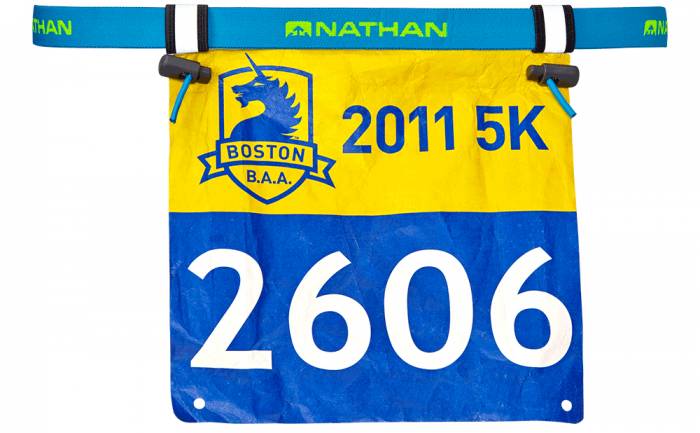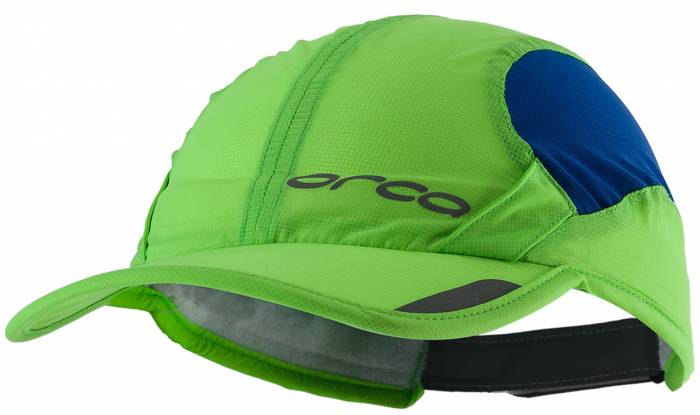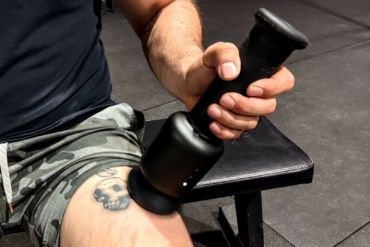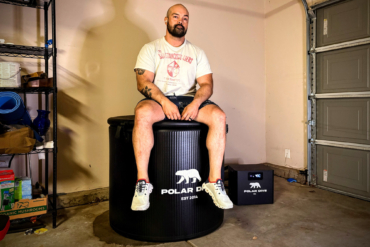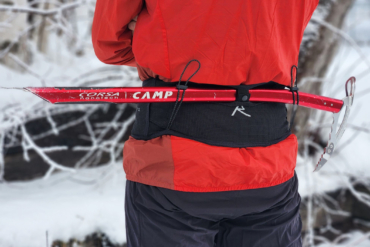Triathlons are a bucket-list item for both weekend warriors and competitive athletes looking for a new challenge. But it’s common for newbies to space on day-of gear that can make or break that first race.
You don’t need to spend an arm and a leg for key triathlon gear. We found six helpful items you won’t want to forgo the first time you transition from open water to open road.
And surprise: They’re not huge investments!
Open-Water Swim Gear (With Less Chafing)
In traditional triathlons, the swim comes first and is often the scariest leg of the race. The open-water swim – with its mass start, unconstrained space, and variable water temperature and depth – can throw even top athletes into a tizzy. Gear can boost performance on race day.
A properly fit wetsuit (if allowed for the race) will increase buoyancy and confidence in the water.
For goggles, a mirrored lens will cut sun glare. And doubling up on swim caps, with goggle straps sandwiched in between, will keep your eyewear in place if you get kicked in the face (yeah, it happens).
But you’ll kick yourself if you forget an anti-chafing agent that’s neoprene- and wetsuit-safe. Applying this pre-swim will save you from irritating suit rub.
There are many sport balms on the market, like the classic Body Glide. Try a few and see what works for your skin. Apply this stuff liberally anywhere that your wetsuit rubs hard, especially around the neck at the zipper, wrist and ankle cuffs, shoulders where your stroke power comes from, and inner thighs (which will also serve you well on the bike and run).
If you find the swim is an absolute fear fest, consider something beyond the basic security of a wetsuit. One race-approved aid is The Swim It, a little leg buoy designed to help you get over the initial shock of an open-water environment and swim with more confidence.

Co-founder Amanda McIntosh said to think of it as the “bike helmet” of swimming.
“In the triathlon space, athletes love it because it is race-legal, does not create drag, and has instantaneous deployment ability,” she told us.
Triathlon Biking: You Need a Waterproof Chamois
For the next leg, find a triathlon short with a quick-dry chamois. The last thing you want when you get out of the water is a soggy diaper (read: regular bike short) between your crotch and the seat.
A solid triathlon short and top set is worth the investment. De Soto remains a consistent favorite among regular triathletes, and Pearl Izumi also has some budget-friendly – but still effective – options.

Or go for a onesie trisuit (tank or T-shirt style) if you don’t like constriction at the waist during a race.
You Need a Race Belt
During the transition from bike to run, you want to think about as little as possible. You already have to remember to remove your bike helmet so you don’t look like a dork on the run. Believe us: It happens every time.
So don’t awkwardly fiddle with a race bib (often required even with chip systems) pinned to a tank or shirt. A race belt works like a charm and costs around $10.
Handheld Hydration Gives Peace of Mind, Saves Time
On the run, many racers want their arms free. But a handheld hydration bottle is not a bad idea, especially for longer-distance triathlons. Why? Well, mostly because you might not know what they’re serving in those little paper cups at the aid stations.

Will it agree with your race-hangry belly? Will the station be too crowded? Worst, what if they’re empty? Amazingly, sometimes they still run out.
See, there are too many variables. It might be better to carry what you want so you can drink when you want.
Use Your Head: Protect It on the Run
Triathlon gear is all personal, so you might want to build your own race-day kit. Sweat- and sun-blocking headwear will prove helpful on the last leg. When you’re exhausted, even the smallest pieces of gear can pay off big time.
Even if you wear sunglasses for the bike and run, having a buff or flexible running visor will prevent sunscreen from running into your eyes and burning for miles on end. I’m a fan of Sauce’s flexible, washable Flight Visor for women.
A breathable sun-busting hat with strong UPF fabric or a safari-style cap with neck protection is also a smart choice for a long, hot, humid summer triathlon.
After all, you protect your head with a swim cap in the water and a helmet on the bike. So don’t neglect your noggin on the run. A little TLC goes a long way in a triathlon.

